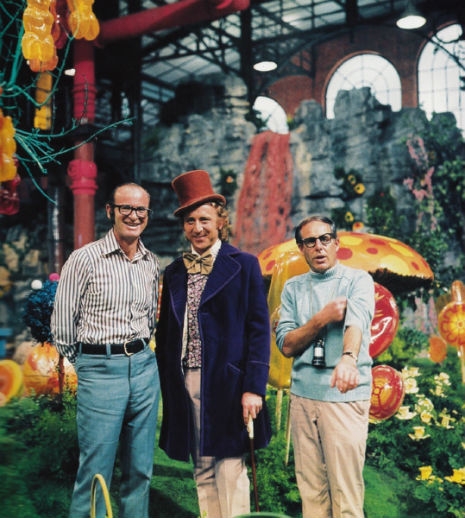
The revolution of the sixties kicked off on October 5th, 1962. This was the day The Beatles released their first single “Love Me Do” and Sean Connery was launched on to the big screen as James Bond in Dr. No. Between these twin poles of movies and music the decade began. By 1967, The Beatles were the most influential band on the planet while Connery was the world’s best known actor, and iconic star of the most successful movie franchise of all time.
During the filming of the fifth James Bond movie You Only LIve Twice journalist and presenter Alan Whicker—best known for his rather snide, tabloid and often condescending reporting—made a documentary examining the success and cultural obsession with Ian Fleming’s super spy, or as he termed it “Bondomania.” Whicker bangs on about sex, sadism, amorality and violence, quizzing Connery, producers Cubby Broccoli and Harry Saltzman, and screenwriter Roald Dahl—who disagrees with Whicker’s insinuation, describing Bond as a “tough, rather insensitive fellow who’s very good at his job.”

The Bond format of gadgets, girls and guns was set by the previous two movies Goldfinger and Thunderball. This time Dahl’s screenplay pushed the form to the limit—dumping most of Ian Fleming’s original novel and inventing his own comic book narrative—an action scene on average every five minutes—throwing Bond into unrelenting danger until the final climactic moments.
Dahl considered You Only Live Twice to be “Fleming’s worst book, with no plot in it,” and he therefore filled the movie with his own quirky inventions—rocket gobbling spacecraft, a volcanic island disguised as a mini Cape Canaveral, and so on. I think Dahl’s criticism harsh, as I am on the side who think Fleming’s books are actually superior to the films, as they reveal a conflicted Bond, insecure, violent, remorseful, smoking, drinking and popping pills to keep himself functioning. Fleming gave Bond an emotional narrative—from strong, confident agent to broken, haunted spy obsessing over his own mortality—which the films have generally ignored.
You Only Live Twice was the last Bond novel published in Fleming’s lifetime—he died of a heart attack, aged 56, two months after its appearance—the last novel The Man with the Golden Gun and the story collection Octopussy and The Living Daylights were published posthumously. The film was to be Connery’s last Bond until Diamonds Are Forever in 1971. The title comes from a haiku Bond writes when he is “reborn” as “Taro Todoroki,” a mute Japanese coal miner, to gain access to Dr. Guntram Shatterhand or rather Ernst Stavros Blofeld’s Garden of Death.
You only live twice:
Once when you are born
And once when you look death in the face.
More behind the scenes of ‘You Only Live Twice,’ after the jump…










